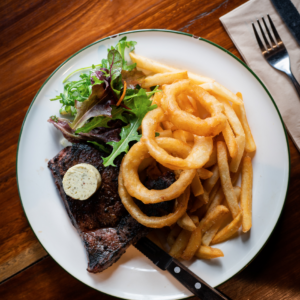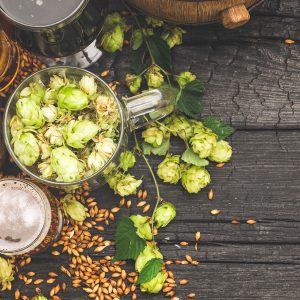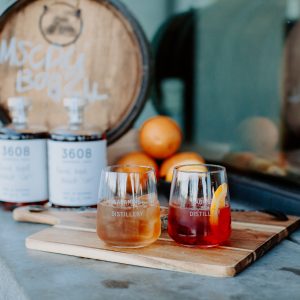You would have heard gin lovers talk about botanicals. But if you’ve always wondered what they were on about, we’re here to help. Botanicals are elemental when it comes to distilling gin. That classic pine taste you notice when you sip on fine gin comes from juniper berries. Every gin has juniper, but it’s just one of the fascinating ingredients used in the distilling process.
Gin distillers use an array of botanicals during the creative process – it’s what makes gin one the most diversified spirits on the bar. The sheer number of botanicals is so extensive, we’ve listed the most popular ihere for your reading pleasure.
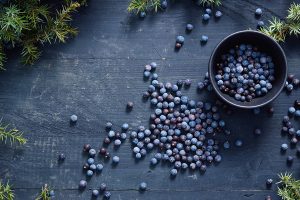
Juniper berries
It’s the most obvious on the list, but there’s something important to say about them: without these special berries, there is no gin. The name of the spirit even comes from here: in French, juniper is genièvre and in Dutch it’s jenever. The juniper berry forever remains the most critical of gin’s botanicals.
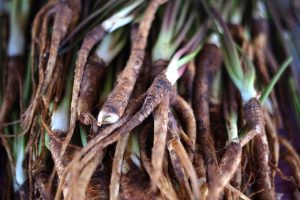
Angelica root
This root adds an earthy, almost medicinal component that brings together other botanical flavours and adds complexity and depth. Some distillers also use angelica’s seeds and flowers.
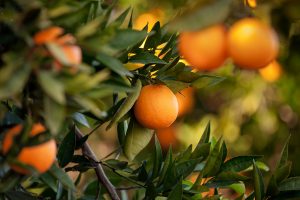
Citrus
We use lemons and oranges for nearly everything, from cooking to cleaning. No surprise then they’re outrageously helpful when it comes to gin. Lemon and orange peels add zest, and lift other flavours to create spirit-ual perfection.
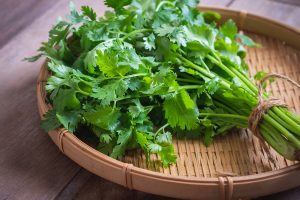
Coriander
The dried seeds of coriander are recruited to create a mosaic of flavours that include nutty, citrusy and spicy. The seed is crushed for optimal results and seamlessly complements the flavours of the juniper berry.
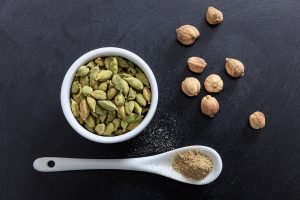
Cardamom
You’ll likely know this unique spice from your Indian takeaway. It’s been described as having a eucalyptus flavour, with hints of citrus and spice, and is closely related to ginger. The bright green pods have a bit of a medicinal taste, with a strong flavour and aroma.
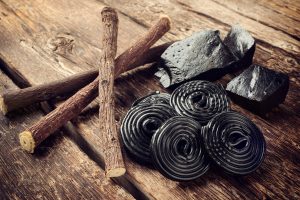
Liquorice root
When used in gin, liquorice root is ground into a fine powder – it has a similar flavour to the stuff you buy in a packet, but has a bittersweet, sugary, earthy taste that helps gin become a standout spirit.
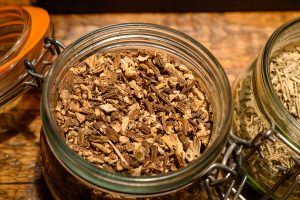
Orris root
It looks like ginger, but orris root is actually part of the iris flower. Its sweet floral aroma means it’s often used in perfume. Additionally, it gives off wood and earthy flavours. We use it to “correct” other aromas in gin that are what you might describe as a little iffy.
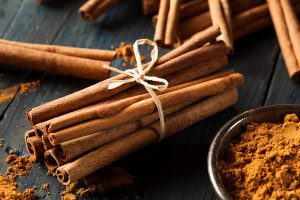
Cassia bark
The tree is closely related to cinnamon, and the bark is harvested then turned into quills. The taste isn’t dissimilar to that of cinnamon, but it’s slightly sweeter with hints of liquorice.
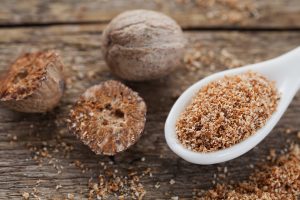
Nutmeg
This tree produces oval-shaped seeds that are harvested and ground into a fine delicious powder. This adds a sweet, aromatic, warming spice to the gin.
So there you have it: a comprehensive list of some of the most common gin botanicals. Understand them and you’ll elevate gin tasting to an art form.
Article credit: The SIP Awards
